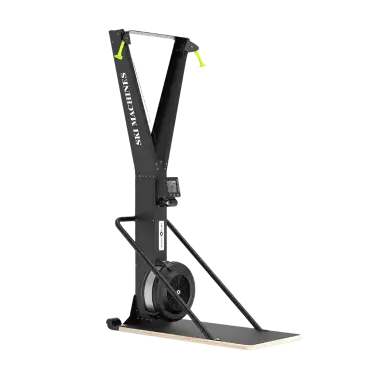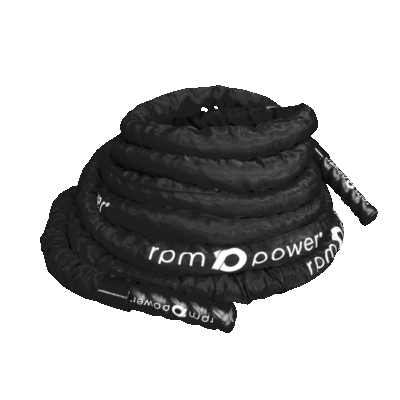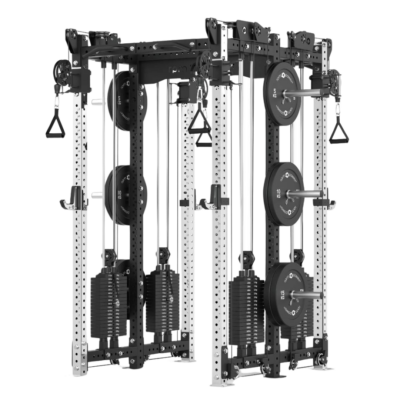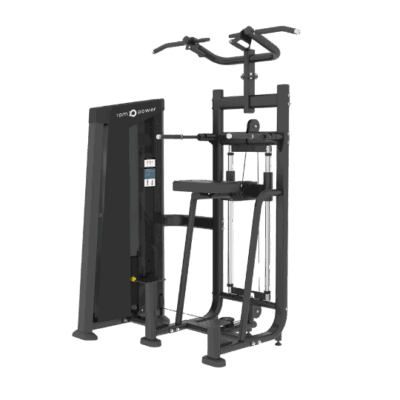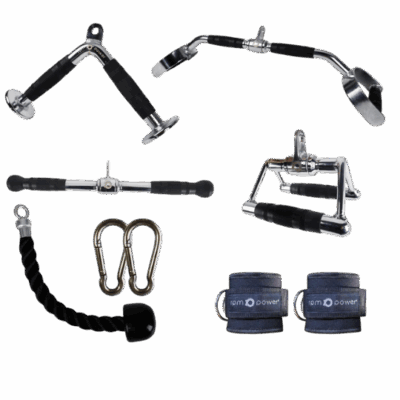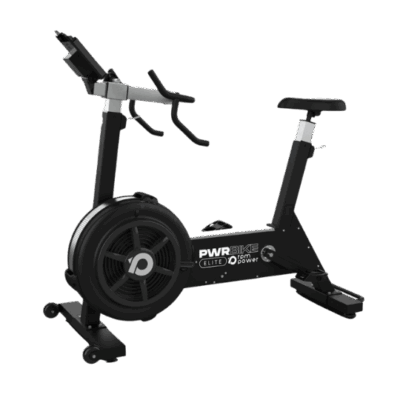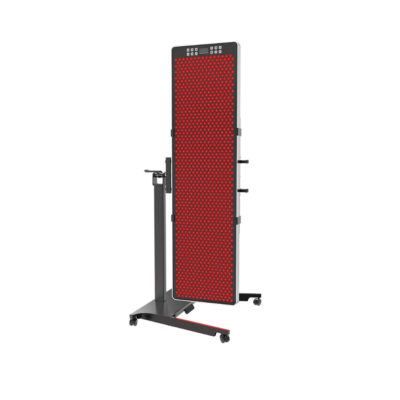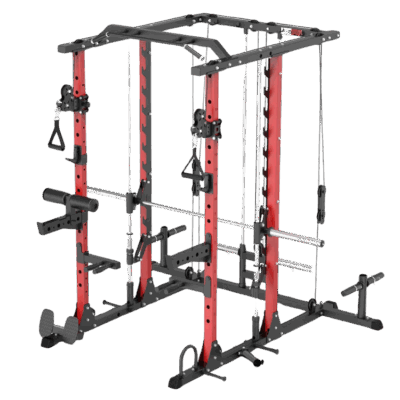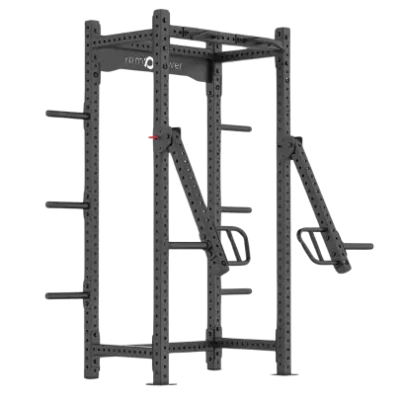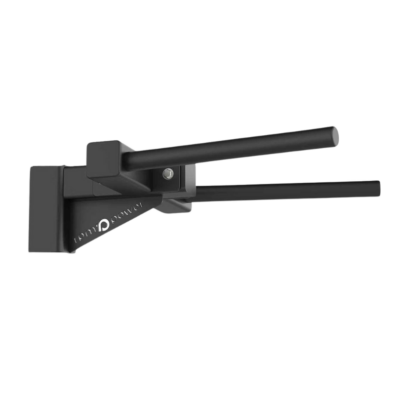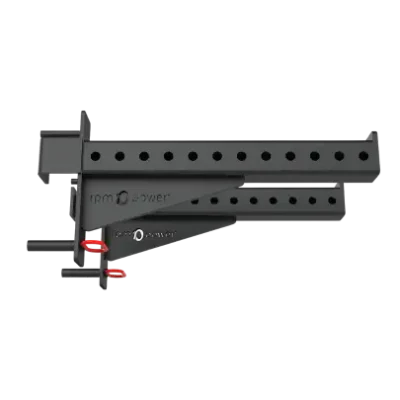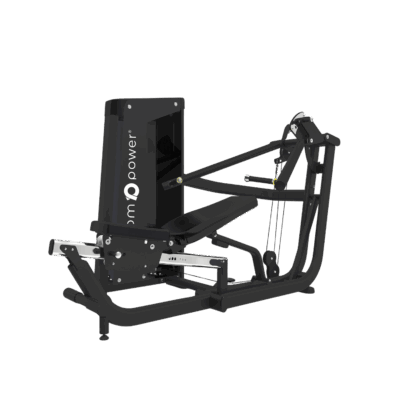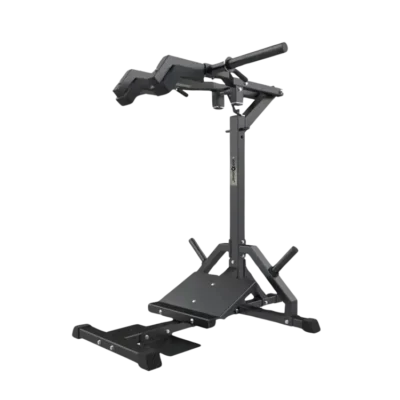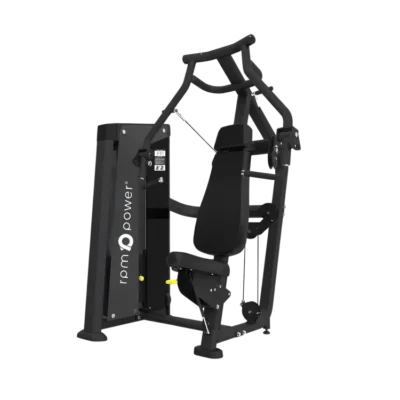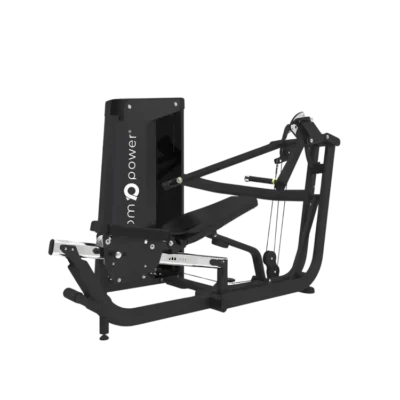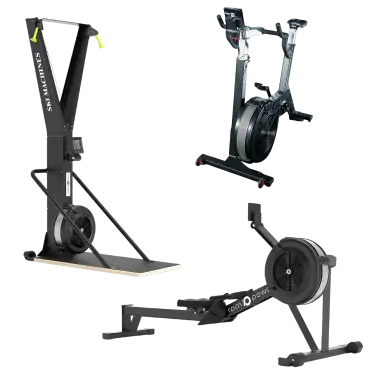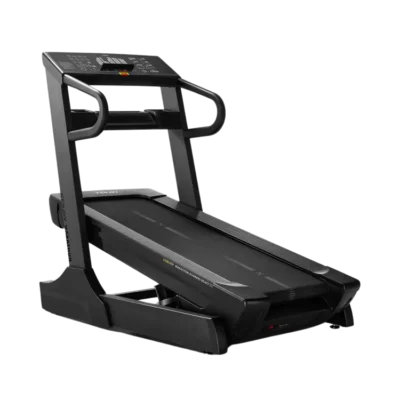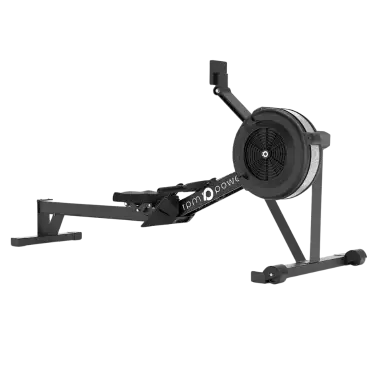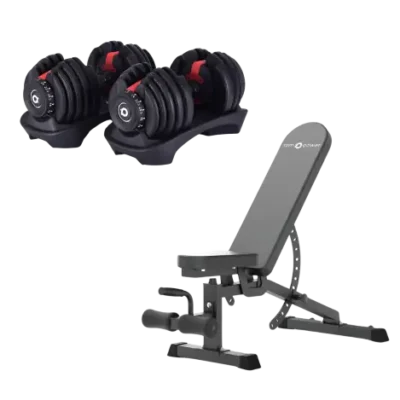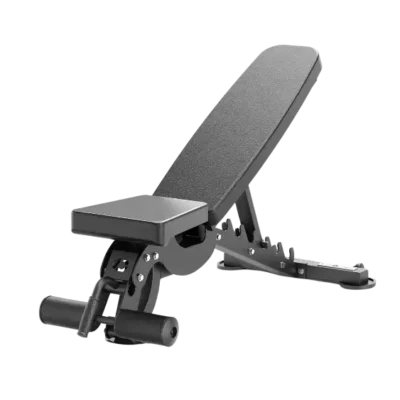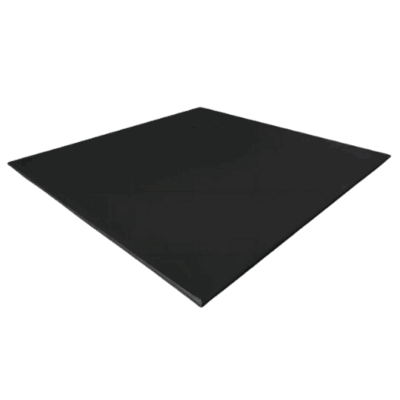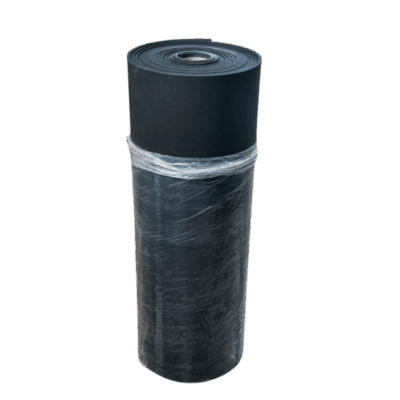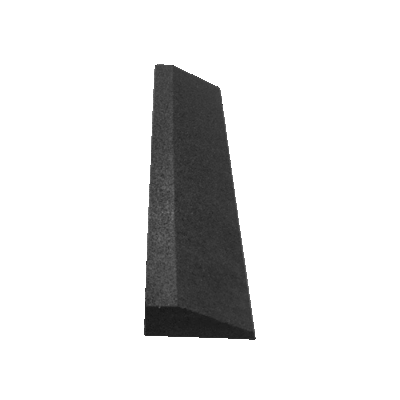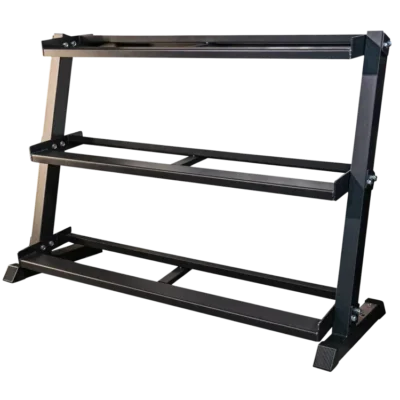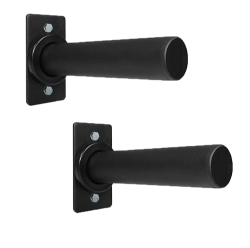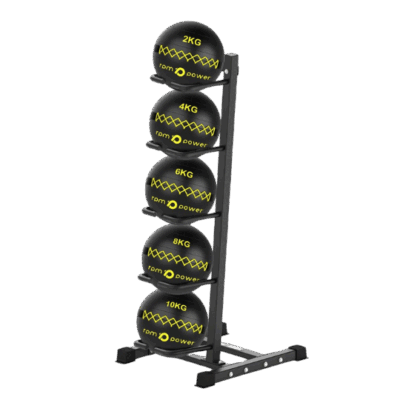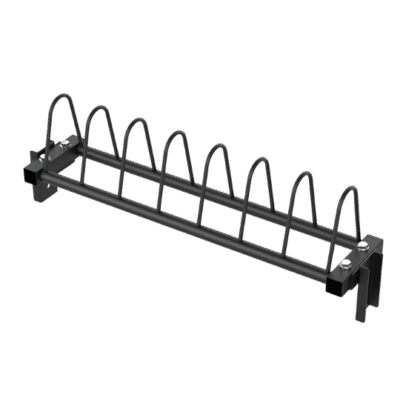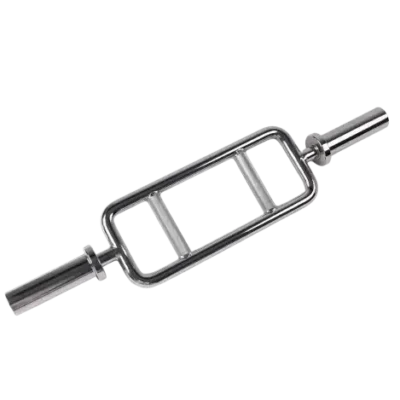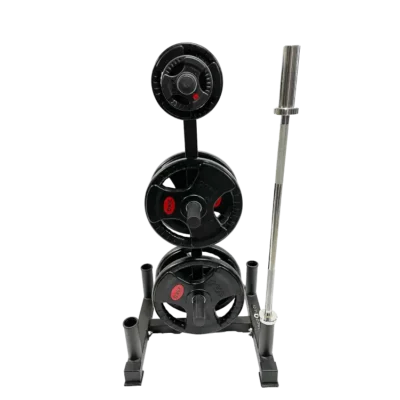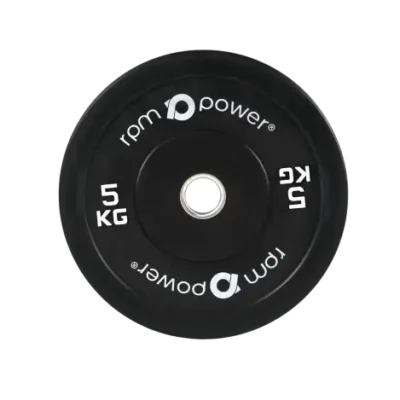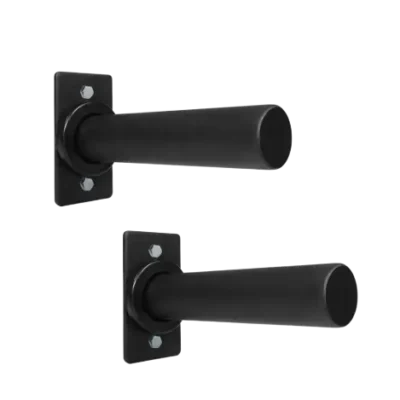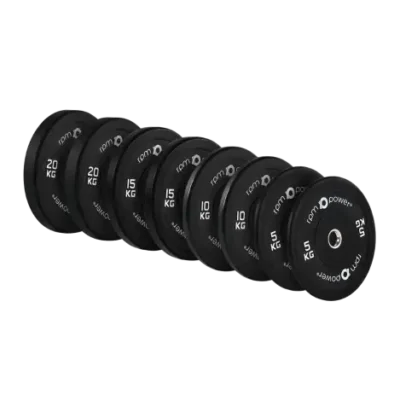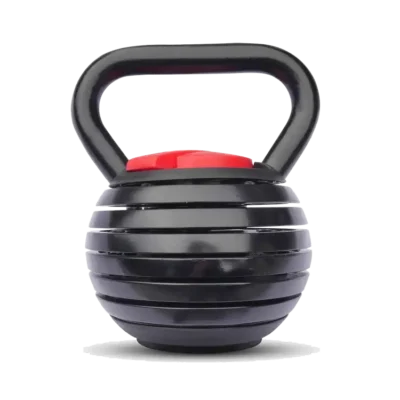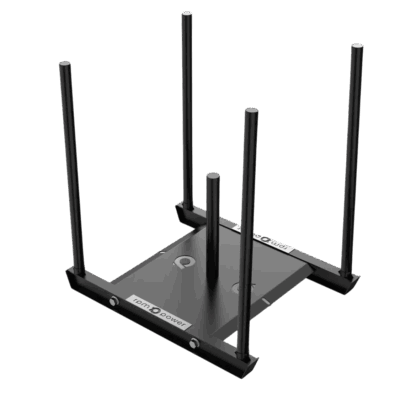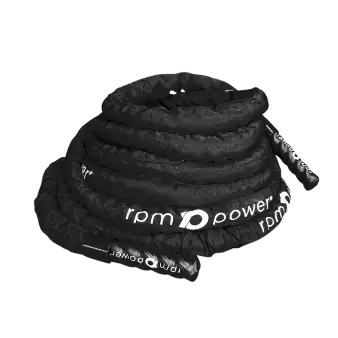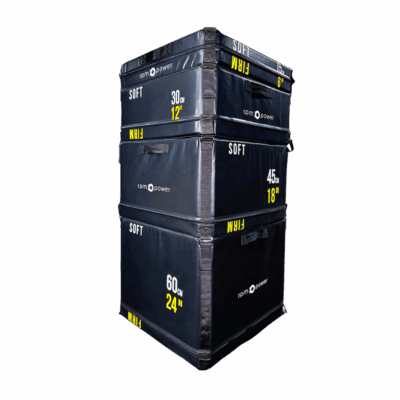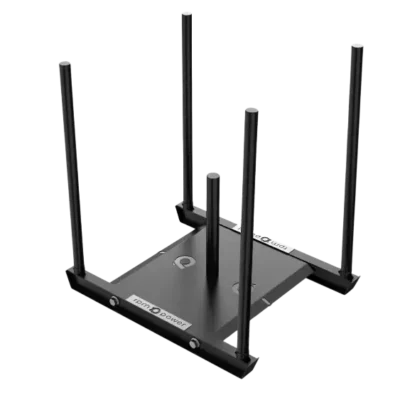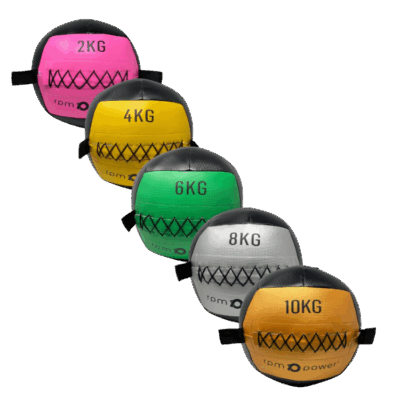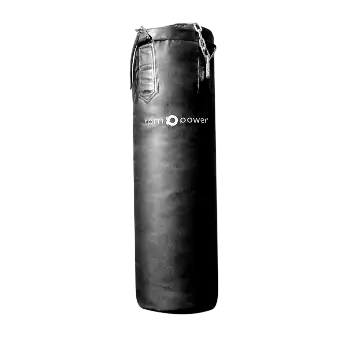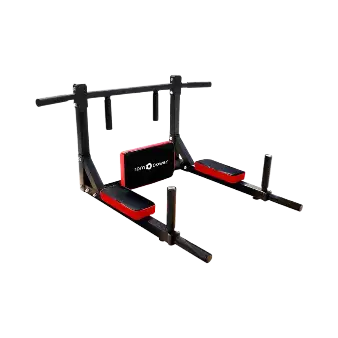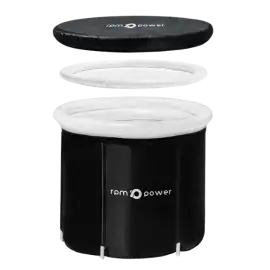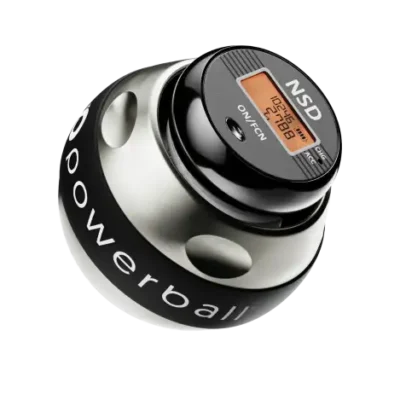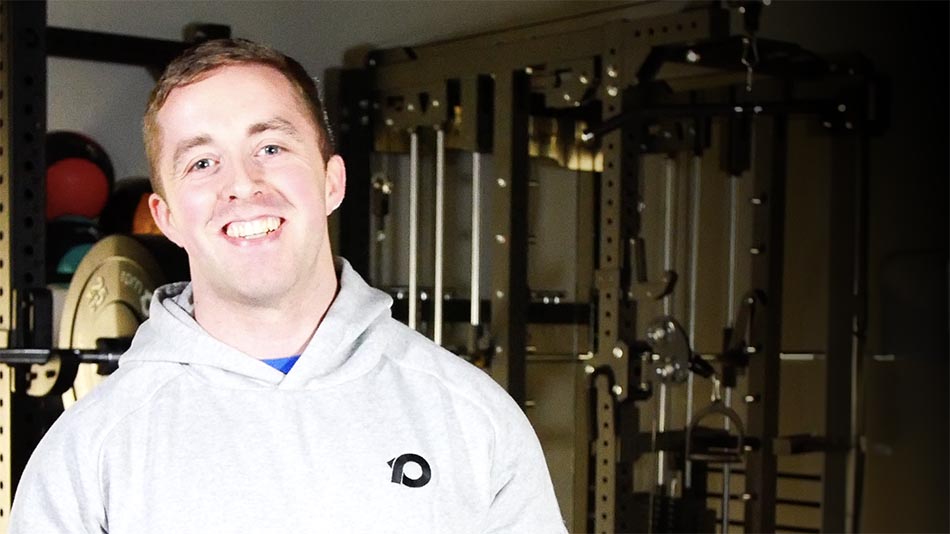Training, RPM Power Partners
Progressive Overload
Personal trainer, Ian McGarry, is an RPM Power Partner and he is here to give you some advice on progressive overload. What exactly is this technique and when should you use it? Watch the video below or continue reading to learn more:
What is progressive overload?
Progressive overload is where we apply more loading to muscle and we do it repeatedly and gradually over time. Without this gradual progression, it would be difficult to get more muscle or strength gain, so it’s very important that when we go and train, the goal is to either add a kilo or a rep every workout and have that in our mind all the time.
How to progressive overload?
Use the RPE scale
Progressive overload is a simple technique, but it can be confusing not only for beginners but even those who are more advanced. Knowing exactly how much you should be increasing your weight by, how many sets you should be doing and how often can tricky to determine. Luckily, there is an easy way to explain it. The RPE (rate of perceived exertion) scale is basically a scale from 1 to 10 and depending on what your training goal is, you’re going to lie somewhere on the scale.
For most people, Ian suggests progressive overload training with about two reps in reserve, so an RPE of 7 to 8. It basically means that you’re not going fully to failure, you’re leaving a little bit in the tank, and having this approach will allow you to progress with the overload more frequently. If you train to failure an awful lot, it’s going to limit how much progression you can make and it’s going to actually reduce how much stronger you can get.
So, rather than trying to go for a one rep max on your bench press every week, you should try pulling back a small bit and lifting really well with good form, but keeping that 1-2 rep minimum in the tank on each set.
For example, if you are performing three sets of bench press, you should aim to either increase one set on its own each week or, if you’re feeling very strong, you can increase in multiple sets (Ian suggests it may be better to just to focus on the one set). If you focus on increasing one set each week by a kilo or more you’ll have a better chance of getting the benefits from continual progression overload.
Keep a record
One really easy way of doing this is simply to log your training. Keep a record of what you lifted and how many reps you did and keep it written down somewhere or on your phone. That way you can always keep track of your progress and build upon what you did last week. Without a record, it can be very difficult, especially when you’re a beginner, to know which weight you should be lifting with.
Set realistic goals
As you add more reps/weight to your workout as part of your progressive overload, it’s important to remember that you’re not the Hulk. You’re not going to get stronger every week until the point comes where you can lift a car. Try to focus on small progressions rather than setting goals of being able to lift ungodly weights. It’s a much more realistic approach.
Who should utilise progressive overload?
Progressive overload isn’t just lifting heavier and heavier and heavier non-stop. It’s a great technique that both beginners and advanced lifters can utilise to gain more muscle and strength.
But did you know that you can also increase progressive overload just by making the exercise more difficult? This is a really good approach if you don’t want to add more weight or reps and it’s a great starting point for beginners in particular, as it’s safe and a good way to start mastering lifting techniques.
Instead of just focusing on lifting heavier and heavier and heavier – where you’re also increasing risk of injury – focus on increasing the time and retention, the tempo, or trying making the exercise more difficult on purpose. Adding things like pauses or half reps between each full rep: these are all techniques and intensifiers that you can use to make an exercise more difficult without necessarily having to continuously lift a heavier and heavier load.
Key takeaways
Progressive overload is a great way to gradually increase your muscle and strength gain as you train. It’s a technique used by both beginners and experienced lifters. If you’re thinking of trying out progressive overload, keep in mind the following:
- You can progressive overload by gradually increasing the weight or amount of reps performed on an exercise
- You can also add difficulty to an exercise, for example, by adding pauses, retention or half reps
- Don’t forget to keep track of your progress: this will help you determine what weight/rep amount you should be doing based on previous workouts
- Be realistic about your gains: don’t set the bar too high and focus on achieving small increases over time

Ian McGarry is a certified personal trainer based in Limerick. He has over 12 years of experience working in fitness and strength training and has coached a diverse range of clients, helping them to improve on their physique and build a healthy mindset. In addition to his personal coaching business, Ian runs The Life Upgrade Podcast and actively competes in jiujitsu competitions.
Interested in more?
Check out the full video series with Ian below:



